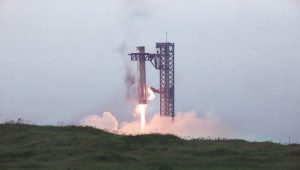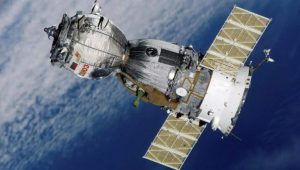NASA’s Parker Solar Probe, launched in 2018, continues its groundbreaking mission to study the sun up close. It has already flown through the sun’s corona, the outermost layer visible during a total solar eclipse.
On Tuesday, Parker will reach its next milestone by approaching within a record-breaking 3.8 million miles (6 million kilometers) of the sun’s surface. To put this in perspective, if the sun and Earth were at opposite ends of a football field, Parker would be at the 4-yard line, according to NASA’s Joe Westlake.
During this flyby, Parker will achieve a staggering speed of 430,000 mph (690,000 kph), making it the fastest spacecraft ever built. It is equipped with a heat shield capable of withstanding extreme temperatures of 2,500°F (1,371°C).
Parker aims to orbit the sun at this distance until at least September. Scientists hope to uncover why the sun’s corona is hundreds of times hotter than its surface and to understand the forces behind the solar wind, a stream of charged particles emanating from the sun.
The sun’s activity, while essential for life on Earth, can also cause disruptions. Severe solar storms may temporarily interfere with radio communications and power grids. Currently, the sun is in its maximum phase of an 11-year cycle, creating stunning auroras in unexpected locations.















